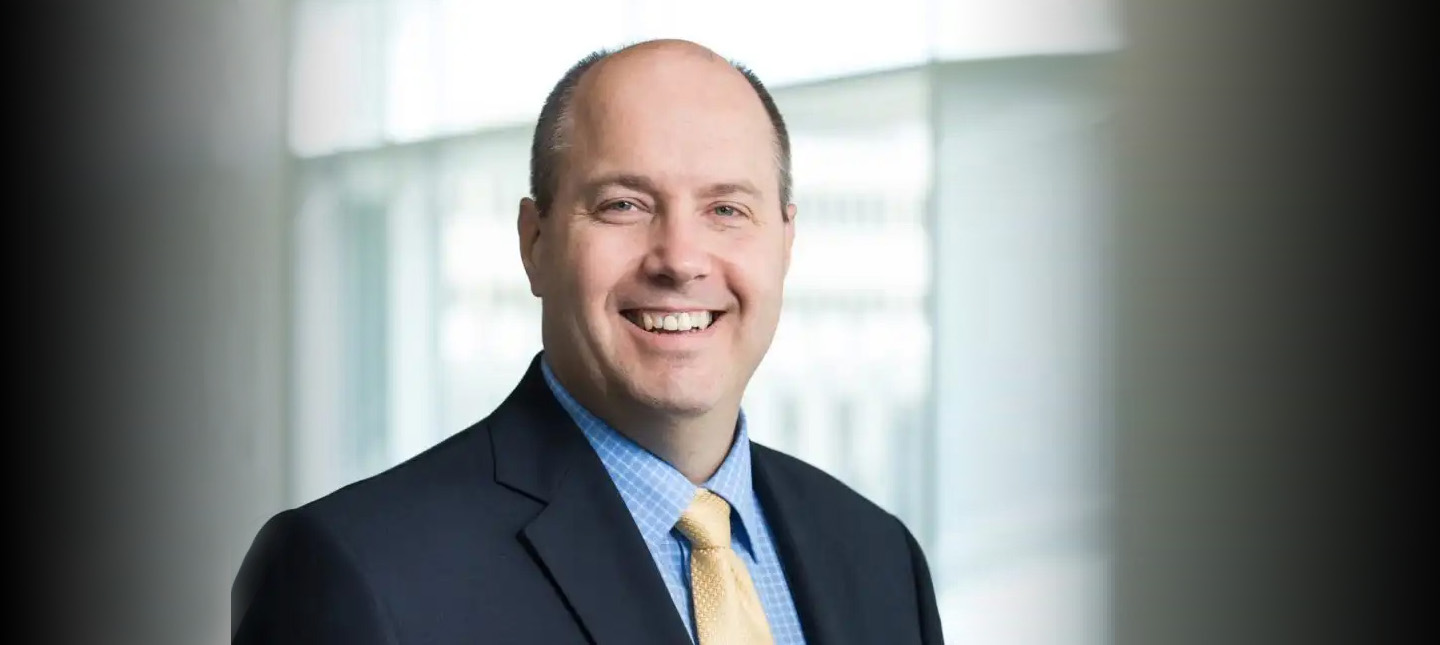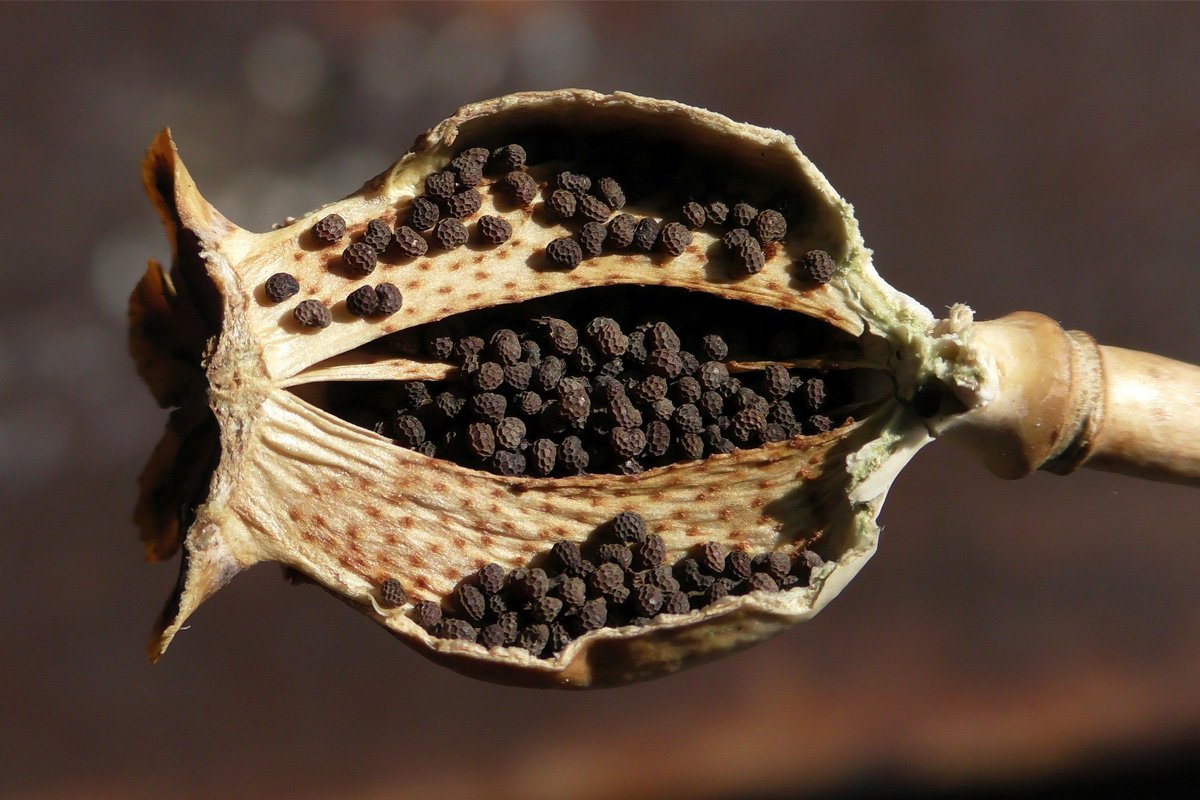In the first episode of The Problem, learn the history of opioids, get a brief overview of the opioid addiction crisis, and more.
Transcript
From the Regenstrief Institute, this is The Problem. The Problem is an anthological podcast dedicated to fighting the Hydras of Healthcare – those complicated, big hairy issues that impact healthcare on the societal level.
Every season, you’ll hear about a different big, massive problem, and each episode within that season will feature a different discipline or industry’s take on that problem — how it’s being addressed, how it’s being talked about, and the trials and triumphs of those involved — clinically and personally.
This season is all about opioids. Over the next episodes, The Problem will talk about how we — local communities, Indiana and the United States — got into this crisis, how people suffering from addiction are treated, and how the needle can be moved on addiction.
This is a podcast for anyone who might be interested in how these problems have developed and are approached. You don’t need a PhD to be affected by them, so you shouldn’t need a PhD to learn more about them.
Regenstrief Institute is a global leader dedicated to improving health and healthcare through innovations and research in biomedical informatics, health services and aging.
Welcome to The Problem.
It starts with a plant.
The opium poppy — often called the breadseed poppy, now — is a plant that we have been growing more or less as long as we’ve been growing any plant. It’s ancient. Records show it as a part of our culture as far back as the ancient Sumerians. It’s kind of tall — it can grow to a little over three feet tall — and it’s a sort of greenish grey that makes it look almost otherworldly. At the top, the poppy has a little pod. It’s full of latex, a goopy liquid that dries into a paste.
That paste is where the problem starts.
When contemplating how this all began, you can almost envision that, way back in Sumeria, or even further back before empires and civilizations, some carefree person was strolling through a meadow, letting hands brush over the leaves and pedals, and fingers knocked a little of the paste off of a pod. This person keeps walking. They keep on toward home, and the latex, as they walk, dries to a powder. Mind on dinner, maybe, bring their finger up to their mouth, lick a bit of the paste off of their hand.
And, after a while, they start to feel great.
Their head swims. They feel this intense, overwhelming rush of pleasure in every inch of their body. They have to sit, and as the euphoria crests, relaxation sets in. To sleep like they haven’t slept in years.
When they wake up, they feel awful. Their mouth is dry. Their nose feels so arid that it might break off. They finish their walk home, and tell a friend about it later.
And it spreads.
Word gets around.
More and more people start swinging by the Poppy plants, scooping out handfuls of the latex and drying it out. Others tell them to stay away, reminding them of how awful they’ll feel afterward. One day, the village’s medicine man stops by the plant and grabs a handful.
The use and cultivation of opium as a medicine grew with us as we grew as a species.
In 9th Century Persia, opium was recommended for use both in anesthesia and as an antidepressant by the legendary doctor, Muhammad ibn Zakariya al-Razi.
Further east, the opium trade took root in China in the 15th century, eventually leading to a near-total ban on the substance by the Yongzheng Emperor, who, interestingly enough, focused his punishments on the sellers of the plant, and not the users.
Opium dens began to appear.
So did an early understanding of addiction.
There’s ample record of individuals in Europe, China and other parts of Asia developing an unshakable dependence on Opium, being drawn back to the dens again and again. Their culture understands them to be sick – having overindulged in something to the extent that it got its hooks in them, and their capacity to stop has been reduced or eliminated. They’re pitied, and while viewed as victims of their own actions, they’re still viewed as victims to be helped.
We grow, and the plant grows alongside us.
We live by the plant, die by the plant, grow the plant and go to war over the plant.
It grows with a lab.
In the 1800s, a German scientist named Friedrich Sertürner extracts the alkaloid bases from the plant and creates a synthetic fluid capable of much more than the plant’s paste.
All four nearly die.
As he recovers from the nearly permanent sleep, a sleep far longer, far sweeter than the sleep of that first man, he thinks to himself of names for this concoction, and settles on one that honors the Greek God of sleep – Morphine.
Ironically, one of the first prescribed uses of Serturner’s Serum is to treat patients who suffer from alcohol or opium addiction.
Morphine gives way to heroin, an even more synthetic first commercialized in 1895 to help eliminate coughing.
In time, the world’s marketplace fills with ads for derivatives of the plant, and advertisements for people who find themselves unable to stop.
In San Francisco, the authorities begin busting up Opium Dens, primarily run by the Chinese immigrants, as immoral, corrupting scourges on society.
Soon after, the push for criminalization extends beyond Opium to other drugs, like heroin and cannabis, and we see additional legislation like the Marijuana Tax Act, and the Controlled Substances Act.
Morphine and the other opiates grow, however, and pharmacists search for new ways to eliminate the pains of surgery, inflammation, and age.
The plant’s roots dig into our sociology, our criminology, our psychology, psychiatry and pharmacology.
In the early part of the 20th century, just after the Harrison Tax Act, another derivative is developed in Germany: Oxycodone.
Every twenty years or so, another powerful opioid gets released, from methadone to fentanyl and all the way to Vicodin and Percocet.
During those early years, doctors do their best to avoid prescribing them when possible, out of fear that they’ll introduce an addiction into their patients.
In 1980, a letter to the editor by a Boston doctor, Hershel Jick, is published in the prestigious New England Journal of Medicine. He studies the effects of opioids in inpatient settings, and states that there’s little evidence tying narcotics to addiction in this setting. Jick’s evidence, by his own admission, is limited. He’s only studying patients in an inpatient setting, and makes no claims of outpatient harms.
Other parties run with the letter, saying it means there must be no reason to be afraid anymore.
Prescriptions flow.
Years later, a group of friends shares their needles, and another problem begins.
Some problems are painfully simple. Prevent tooth decay by brushing your teeth. Eat when you’re hungry. Sleep when you’re tired. That’s not that big of a problem.
Some are a little more complex. Say you start a new job as an accountant and the company has been hemorrhaging money, or you’re a doctor seeing a patient, and you’re trying to determine just exactly where that pain in their neck is actually coming from. Those are big and complex, but compared to others, they’re still simple.
Then you’ve got the biggest problems. The hairiest problems. Problems that cause tectonic shifts in the way we live.
These days, there are more than a few massive problems that we see every day: poverty, drug addiction, and the spiraling costs of healthcare are just some that come to mind.
We know these problems, because they stick around. They’re intricate, and the solutions that might help solve them aren’t always politically or economically viable.
They’re the biggest problems facing our society, and they’re the hardest to solve.
Welcome to The Problem – I’m your host Phil Lofton.
This podcast is going to be all about the biggest problems in society. Each season, we’ll talk about a new issue. Every episode will talk about a different way of viewing that problem.
Hopefully, over the course of the season, you’ll come to see how large and complicated these problems are, and you’ll learn how different scientific and cultural disciplines and institutions deal with these problems in their own unique way.
I think that these sorts of hairy, complicated problems are the most interesting to discuss. They’re complicated enough to make you slow down and consider the problem from a variety of different angles. They’re large enough that they can’t possibly be tackled alone. Most importantly, they’re universal enough that most people have some idea of their importance.
This podcast is a production of the Regenstrief Institute. We’re a health care research institute based out of Indianapolis, Indiana, and strongly affiliated with the Indiana University School of Medicine. In our work, we try and take a multidisciplinary approach. We’ve got exercise scientists seated next to pharmacists, informaticists, geriatricians, ethicists, and more — which is always a good recipe for innovation.
Our faculty and staff are working hard on more than few ways to fight the opioid crisis — including lowering maternal health risks, building better data infrastructure, and pursuing other options for pain management.
Usually, I’ll be your host. Every other week, we’ll look at our season’s big Problem from the perspective of a different group, discipline or specialty. Every so often, Regenstrief Institute President and CEO Peter Embi will step in to talk with an expert or policymaker, and you won’t want to miss those episodes.
This season is all about the Opioid Crisis.
You don’t have to look far to see its impact. It’s in every newspaper, on every talk show, around every corner.
It’s personal, too, isn’t it? How many of us have broken a bone in the last few years, or recovered from surgery, an been prescribed a nice, handy orange bottle of painkillers to ease our suffering?
And it’s societal.
According to the National Survey on Drug Use and Health, in 2016, 11 and a half million people misused opioids. Over 42 thousand died as a result. These numbers only got worse in 2017 – by 70% in the Midwest, according to the CDC.
Of these people who misused prescription drugs like hydrocodone oxycodone, oxymorphone ,morphine and codeine, between 4 and 6 percent moved on to heroin – that’s several hundred thousand people.
Our own state, Indiana, saw 11.7 deaths per 100,000 – In our county, the rate was 18.9 (NOTE: In addition, we need to cite this report on why we’re likely underreporting opioid overdose deaths in Marion County, meaning that you were more likely to die of an opioid overdose than a car crash, a homicide, or even kidney disease.
Worse, the sharing of needles has caused outbreaks of Hepatitis C and HIV. Mothers who’ve become addicted to opioids have given birth to babies suffering from Neonatal Abstinence Syndrome, a disease that puts the baby’s life in grave danger.
For those who want to quantify this crisis in terms of lives, over 2 million are reported to suffer from dependence on opioids, and in just 2015 and 2016, over 100,000 people died from overdoses.
For those who want to talk about the crisis in terms of dollars, Altarum suggests that it’s cost us over 1 trillion dollars since 2001, and may cost us another 500 billion in the coming few years.
While I don’t want to step on the toes of future episodes, if you think you know what these people look like, or where they live, you’re probably wrong.
This epidemic cuts across every demographic — class, race, geography — we’re all down the street from someone who’s dealing with this.
That means fixing it is up to all of us.
This season, learn how a variety of different disciplines are trying to combat the crisis before us.
Tune in next time when we talk about how communication can help fight the crisis, and come back after that when we talk about how boots on the ground health workers are making a difference in moving the needle for new mothers who are recovering in Indiana.
Stay with us as we learn all the ways people are stepping up to do their part — listen to their challenges, their triumphs, and their missions, here on The Problem.
Music in this episode was performed by Drake Stafford, NCTRNM, and Everlone, with Soundscapes by freetousesounds. Our theme and other musical cues were written and performed, as always, by the inimitable Thurgood Wallace.
The Problem is produced at studio 132 in the Regenstrief Institute in Indianapolis, Indiana. We connect and innovate to provide better care and better health. Learn more about our work and how you can get involved at Regenstrief.org, and see bonus content from this episode, including sources, pictures and more, at theproblem.regenstrief.org.








